- Write by:
-
Friday, May 29, 2020 - 3:58:59 PM
-
523 Visit
-
Print
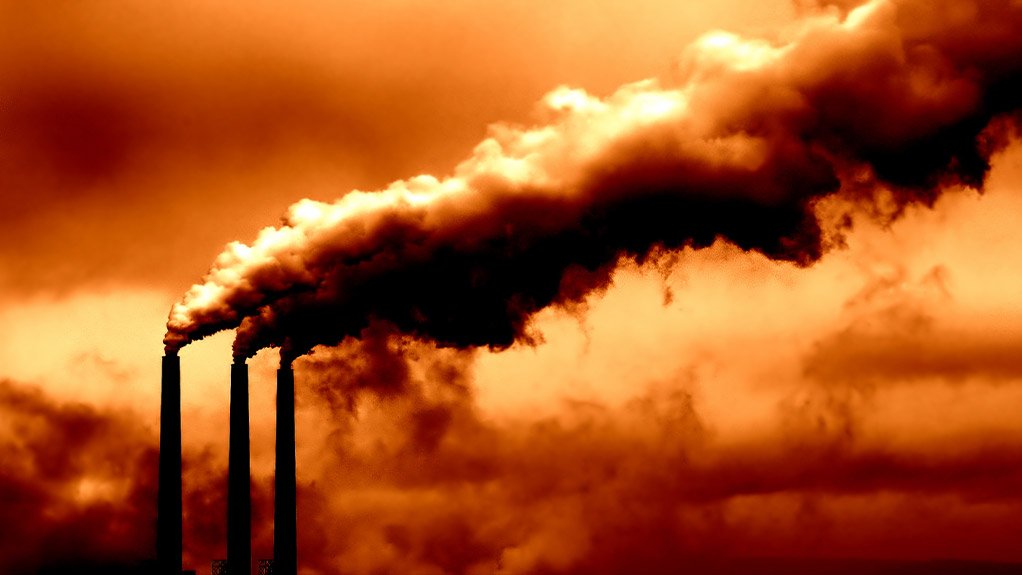
Mining News Pro - Greenhouse gas emissions in Australia fell by 0.9% in 2019, or 50-million tonnes of carbon dioxide equivalent (Co2-e), to 532.5-million tonnes CO2-e, the federal government’s latest National Greenhouse Gas Inventory has found.
Emissions are now 13.7% below 2005 levels, which is the baseline year for the Paris Agreement, Energy and Emissions Reduction Minister Angus Taylor said on Friday.
Emissions for the December quarter 2019 also fell 0.5%, or 0.6-million tonnes CO2-e on the previous quarter, on a seasonally adjusted, weather normalised basis.
Taylor said Australia consistently meets and beats its climate change targets and would do so again this year.
“On July 1, Australia is forecast to beat its Kyoto-era targets by 411-million tonnes. This is an achievement all Australians can be proud of.
“When you compare our track record with similar export-oriented countries like Canada and New Zealand, we’ve done much better. Since 2005, Canada’s emissions have flatlined while New Zealand’s emissions have fallen less than 1%.
“Emissions are lower now than when the Coalition came into Government. They are more than 100-million tonnes lower in 2019 than Labor projected they would be in 2020 under their carbon tax.
“Importantly, our domestic emissions have fallen at the same time demand for Australian energy exports remains strong, which will be vital to our post-Covid-19 economic recovery.”
Taylor said on Friday that when the inventory is adjusted by excluding emissions generated by exports, emissions generated for domestic consumption have fallen 33% on 2005 levels. This substantial fall reflects the continuing decarbonisation of Australia’s economy.
Emissions from exports rose 3%, or 6.1-million tonnes CO2-e, to 39.7% of Australia’s total emissions. The increase mainly reflects an 11% increase in Australia’s liquefied natural gas (LNG) exports, which have the potential to reduce emissions in importing countries by up to 164-million tonnes each year.
Emissions from electricity continued to decline, down 2.9%, or 5.3-million tonnes CO2-e, in 2019.
The report also highlights the ongoing impact of the drought on the agriculture sector. Agricultural emissions were down 5.8%, or 4.2-million tonnes CO2-e, in part owing to the ongoing impact of the drought.
The federal government has recently released its Technology Investment Roadmap, which will prioritise investment in new technologies to help further lower emissions. The roadmap will also be the cornerstone of Australia’s long-term emissions reduction strategy to take to next year’s twenty-sixth United Nations Framework Convention on Climate Change Conference of the Parties global climate talks.
“Australia is delivering achievable, balanced and responsible emissions cuts while keeping our economy strong, as part of coordinated global action,” Taylor said.
“The government is committed to reducing emissions without imposing new costs on households, businesses or the economy.”
Short Link:
https://www.miningnews.ir/En/News/537384

Guinea is planning to introduce a carbon tax on mining companies as it started talks with United Arab Emirates investors ...
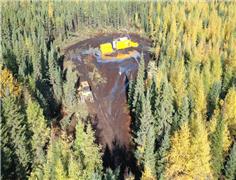
Mining News Pro - South Korean battery manufacturer Samsung SDI has become the latest company to invest in Canada Nickel ...
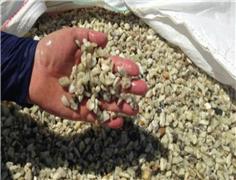
Mining News Pro - Sigma Lithium reported on Wednesday a revenue of $97 million for the third quarter of 2023, marking ...

Mining News Pro - Major miner Rio Tinto is looking into the role that steel and iron ore will play in creating an energy ...
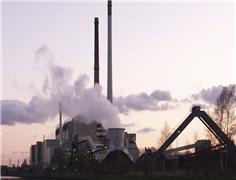
Mining News Pro - In a paper published in the journal Science Advances, the researchers explain that amines are ...

Mining News Pro - Russian aluminum giant Rusal is looking to supply more low-carbon aluminum to China amid friendly ties ...
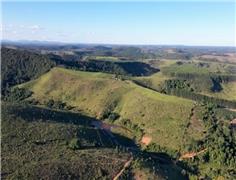
Mining News Pro - South Star Battery Metals says its Santa Cruz graphite project in eastern Brazil is on track to ...
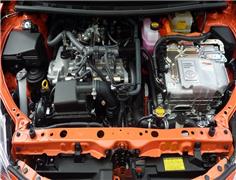
Mining News Pro - Engineers at the University of Toronto are proposing a new, more sustainable method to mine lithium, ...
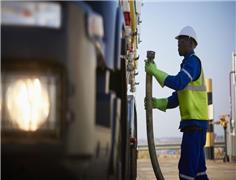
Mining News Pro - Cameroon’s anti-corruption agency is investigating claims by miner and commodities trader Glencore Plc ...
No comments have been posted yet ...